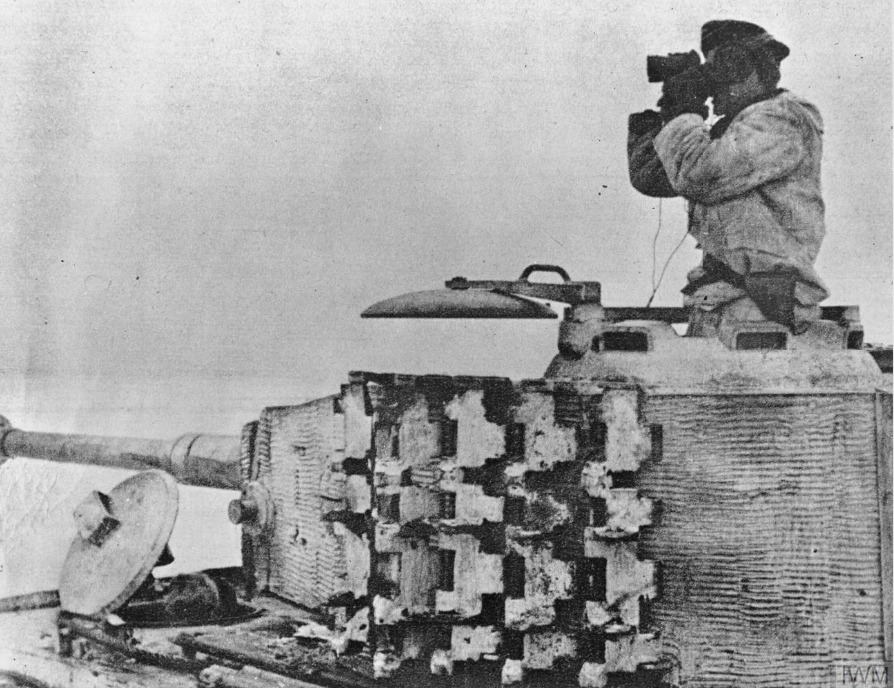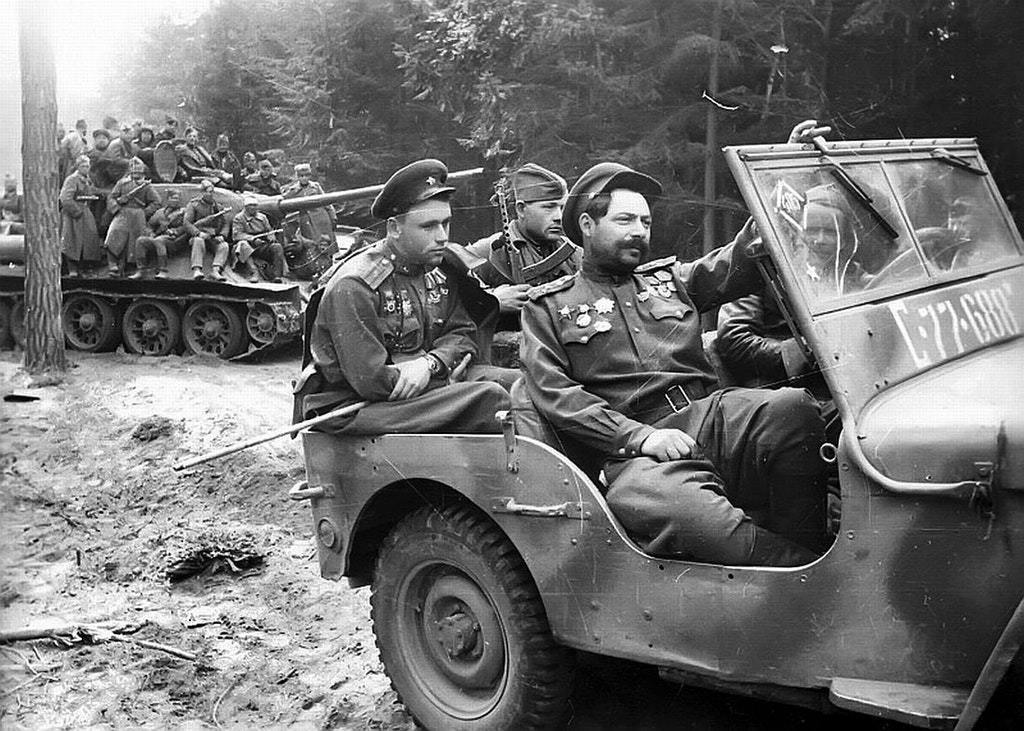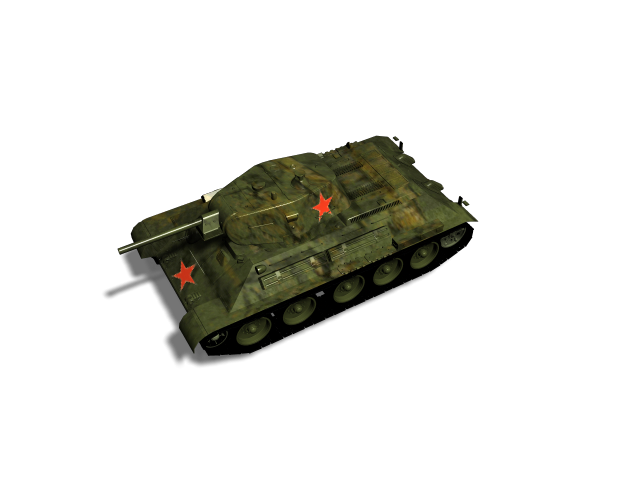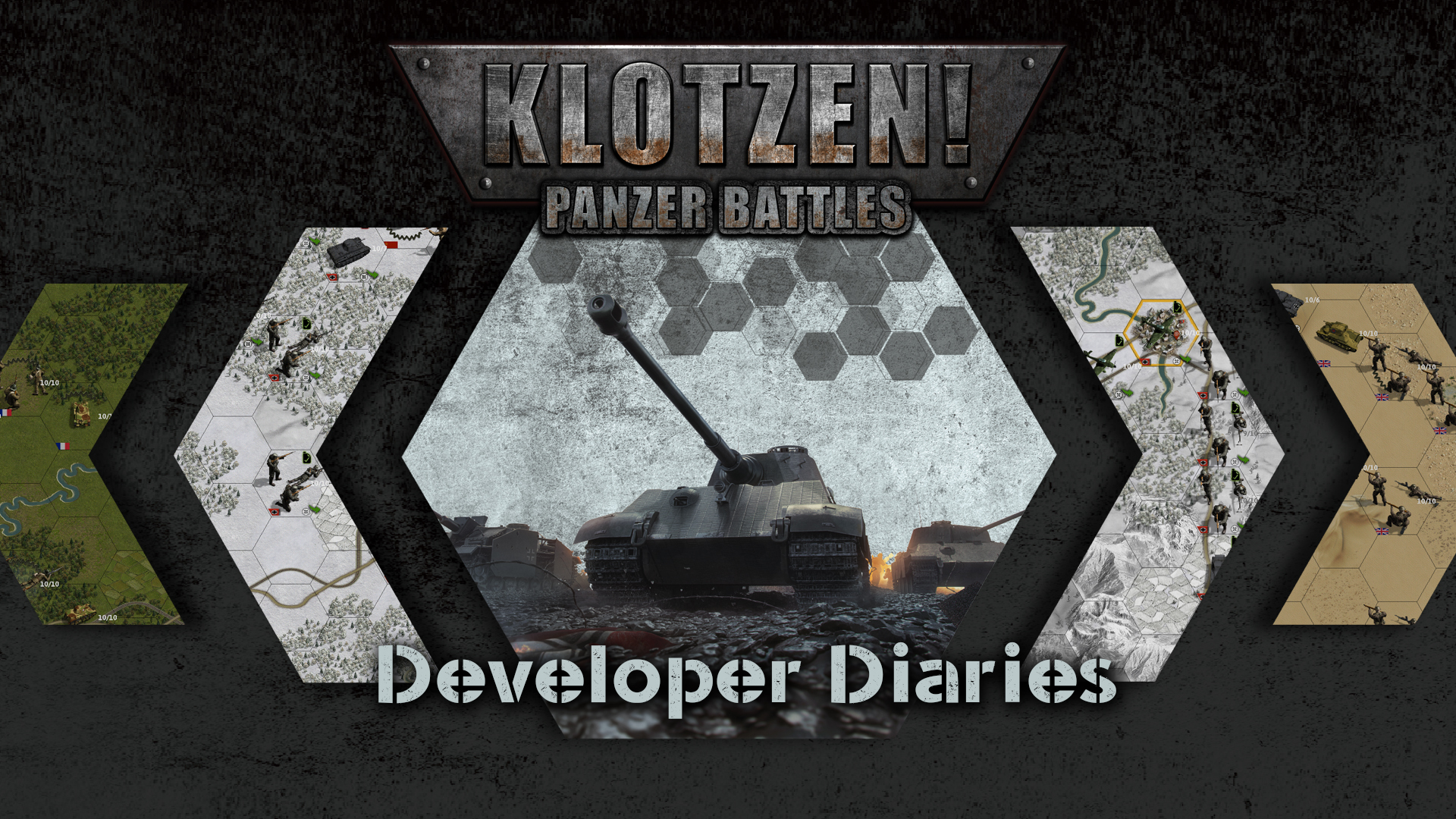
Feb 25, 2019
Klotzen! Panzer Battles - marko.millojevic
Well, you should…
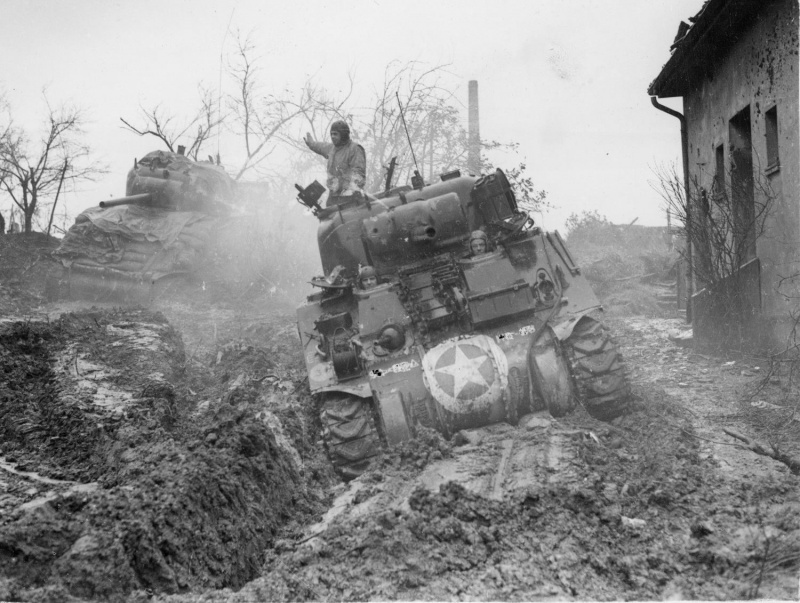
“Fury” puts tank warfare front and center in a depiction of the Allied final push into Germany in 1945.
In the movie, a U.S. Army sergeant (played by Brad Pitt) commands a medium-size Sherman tank in battle against Nazi forces that have superior firepower, including a well-equipped Tiger I heavy tank. The film features the last working Tiger tank in the world.
The Sherman tank (officially called the Medium Tank, M4) was the most widely deployed tank in World War II. This workhorse vehicle was used by the U.S. Army, U.S. Marine Corps and the British, Canadian and Free French forces. According to the Encyclopedia Britannica, 49,324 Sherman tanks were made between 1942 and 1946.
The M4 was a reliable tank, but the German Tiger heavy tanks outclassed it by far. The Tiger I (officially known as Panzerkampfwagen VI Tiger Ausf. H) was deployed on all German fronts during WWII. The formidable tank weighed 50 tons (54 metric tons) and was heavily armored. About 1,350 Tiger tanks were produced in total, between August 1942 and August 1944.

During a scene in “Fury” four M4 tanks go head-to-head with one Tiger I, and only one M4 survives the fight.
An M4 Sherman like the one featured in the film could penetrate the upper frontal hull of a Tiger 1 from about 1,600 to 3,300 feet (500 meters to 1000 m), while the Tiger could knock out an M4 from the front from about 2,600 feet (800 m), according to a Tiger crew instruction manual.
Both tanks used in the film — the Sherman M4A3E8 and the Tiger 131 — are authentic, and belong to the Tank Museum in Bovington, England.
The Tiger 131 was built in Kassel, Germany, in February 1943 and was shipped to Tunisia to join the 504th German heavy tank battalion, according to the Tank Museum’s website. On April 21, 1943, the Tiger was taken out of action by a Churchill tank of the British 48th Royal Tank Regiment, and was captured and repaired. On September 25, 1951, the Tiger was given to the Tank Museum.
The Tiger was “one of the most feared weapons unleashed by the Nazis,” capable of destroying an enemy tank from more than 1.2 miles (2 kilometers) away, Richard Smith, the Tank Museum’s director, told the BBC.
Yet despite its ferocity, the Tiger wasn’t invincible. Its tracks would freeze up with mud and snow in the winter, which Russian forces used to their advantage in battle. The tanks engines were underpowered, making them difficult to drive. Tigers also faced problems because of their large size. Since few bridges could handle the Tiger’s weight, the first version contained a snorkel that allowed the tanks to cross rivers up to 13 feet (4 m) deep, but later versions lacked this feature, according to the History Learning Site. If you want to know what story inspired the movie, you can find it on:
Link to original article: https://www.realcleardefense.com/articles/2015/09/10/wwii_tank_crew_that_inspired_the_movie_fury_108455.html
Image: http://waralbum.ru/259414/
Visit: Tank story #7





